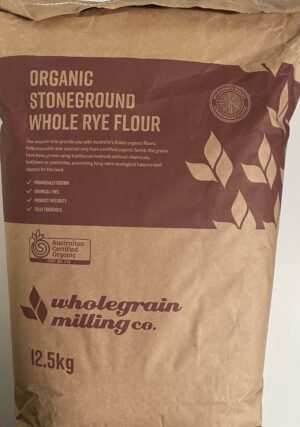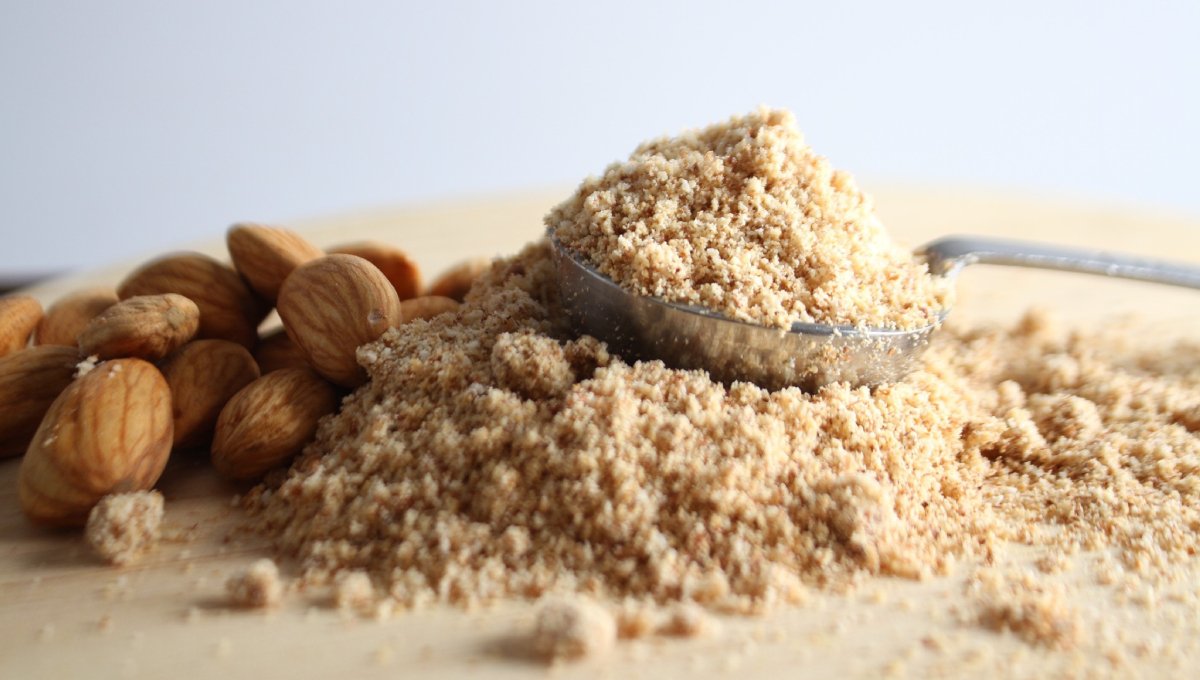Diving into the vast world of baking and cooking, one quickly realizes the central role that flour plays. While wheat flour has dominated the culinary landscape for centuries, the demand for Non-Wheat Flour has surged in recent years, offering diverse textures, flavors, and health benefits.
From gluten-free to grain-free alternatives, the variety is expansive, catering to both dietary restrictions and gustatory adventures.
You might also like: Oval Sourdough Scoring: Techniques and Tips for Perfect Breads.
Table of Content
The Rich Tapestry of Non-Wheat Flours
As people become more health-conscious and dietary needs evolve, the range of available Non-Wheat Flour options has expanded. These alternatives not only cater to those with allergies or intolerances but also offer unique flavors and textures to elevate your culinary creations.
- Almond Flour: Made from ground almonds, this flour is a staple in many gluten-free and paleo recipes. It has a slightly sweet flavor, making it ideal for desserts and pastries.
- Coconut Flour: A byproduct of coconut milk production, coconut flour has a mild coconut flavor and is rich in fiber.
- Chickpea Flour: Often used in Middle Eastern and Indian cuisines, chickpea flour (or besan) is protein-rich and has a nutty taste.
- Oat Flour: Ground from oats, this flour is perfect for those looking for a gluten-free option, though it’s essential to ensure it’s certified gluten-free due to potential cross-contamination.
- Rice Flour: A standard in Asian cooking, rice flour is versatile and can be used in both sweet and savory dishes.
- Tapioca Flour: Extracted from the cassava root, tapioca flour is often used as a thickening agent and provides a chewy texture in baked goods.
- Quinoa Flour: Made from ground quinoa seeds, this flour is packed with protein and offers a slightly earthy flavor.
The shift towards Non-Wheat Flour isn’t just about health or allergies; it’s about discovery. Each type of flour brings its unique set of characteristics to the table, whether it’s the flavor, nutritional profile, or texture. By experimenting with these alternatives, one can unlock an entirely new realm of dishes and flavors.
The Versatility of Non-Wheat Flour in Cooking and Baking
While Non-Wheat Flour might seem like a modern culinary trend, many of these flours have been staple ingredients in various global cuisines for centuries. For instance, chickpea flour has been used to make savory pancakes in Indian and Mediterranean cooking. Similarly, rice flour forms the base for many Asian desserts and snacks.
When integrating Non-Wheat Flour into your recipes, it’s essential to understand the specific characteristics of each flour. Some might require additional binding agents, while others might need adjustments in liquid quantities.
With a little research and experimentation, these flours can become valuable tools in your culinary arsenal, offering depth and diversity to your dishes. Whether you’re catering to dietary needs or simply seeking to expand your palate, these flours open the door to a world of possibilities.






